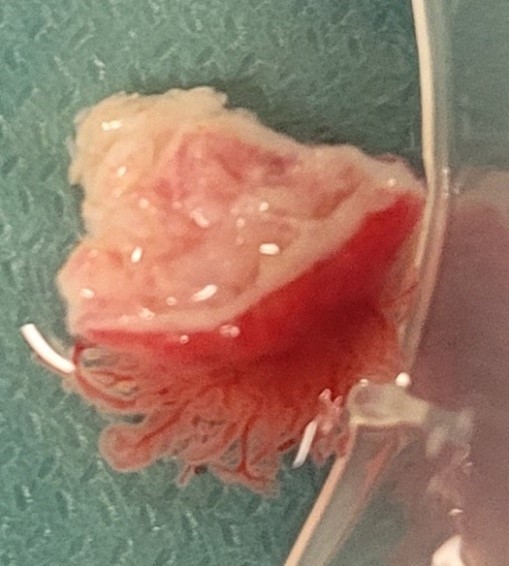Bladder cancer
Follow-up surveillance regimes for low-/intermediate-risk NMIBCCedric (71 years old)
Cedric is a 71-year-old retired hairdresser who enjoys giving his relatives fresh haircuts. His granddaughter regularly wants a new hairstyle varying from blond wavy hair to blue dreadlocks.
He presented with macroscopic haematuria, which led to the diagnosis of low-risk NMIBC.
Assessment summary:
- No relevant medical and family history
- Creatinine level: 61 µmol/l
- Pelvic MRI: bladder polyp
- CT urogram: no concomitant upper tract tumour, horseshoe kidney
- Cystoscopy with biopsy: 1 cm papillary tumour with low potential for malignancy
- TURBT followed by 1 immediate chemotherapy instillation
- Pathology report:
- Visually complete resection
- pTa LG

Cystoscopy was negative at 3 and at 12 months after TURBT. The patient finds cystoscopies burdensome, and the examinations cause him significant anxiety. He refuses further follow-up cystoscopies.
